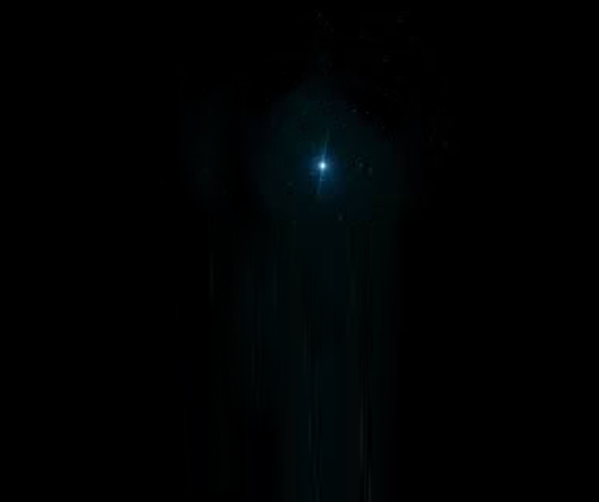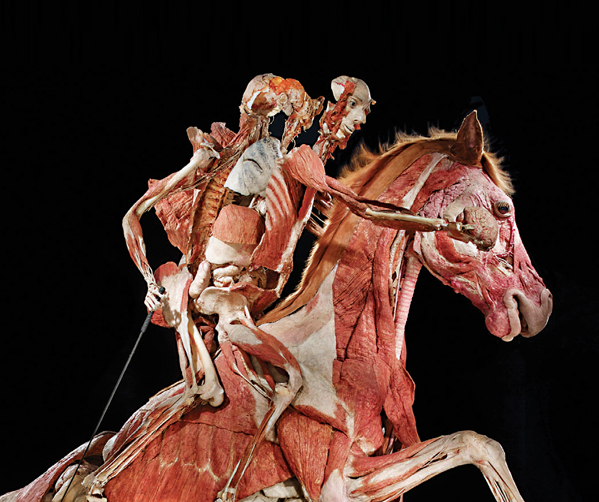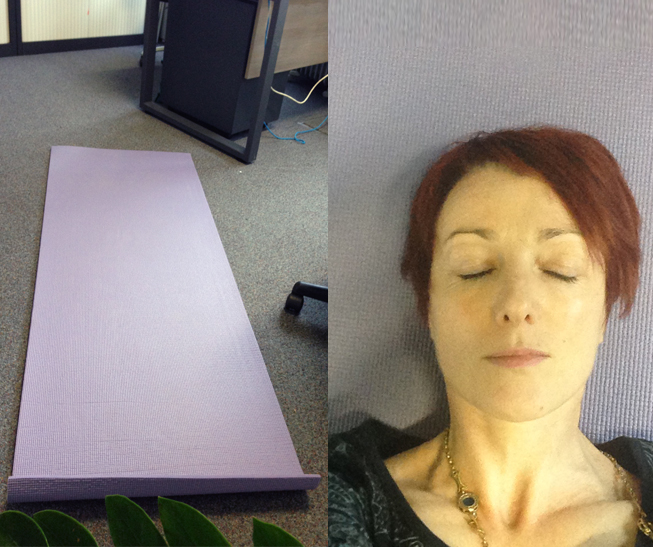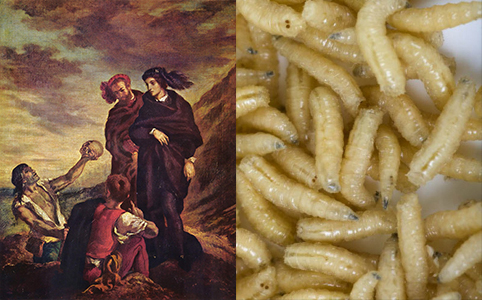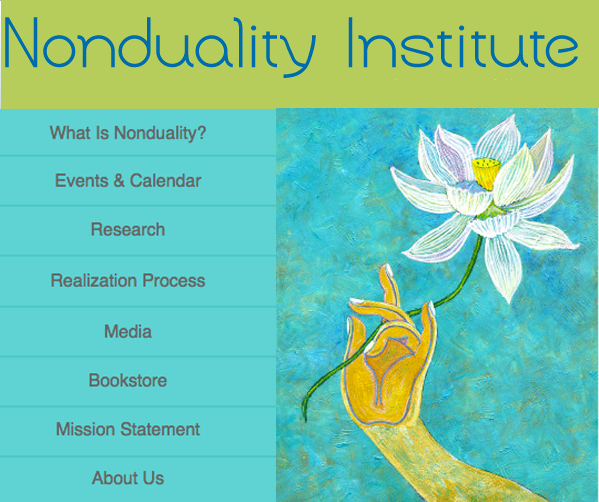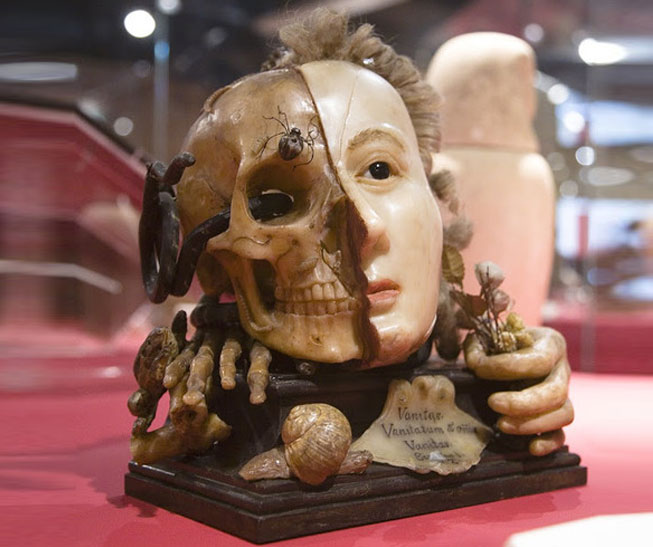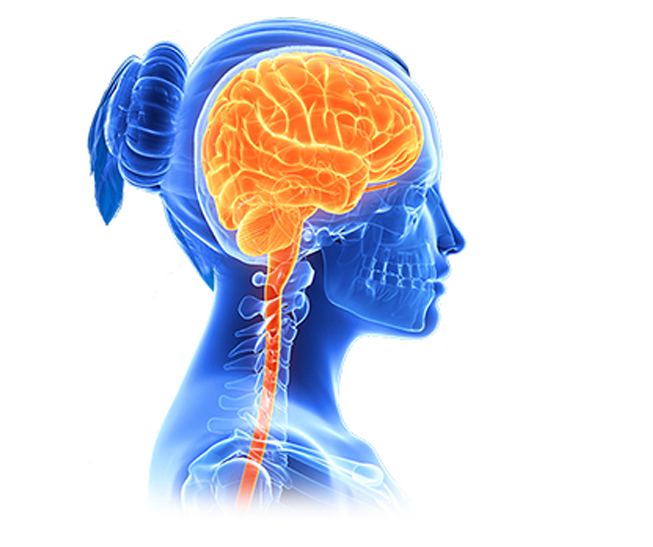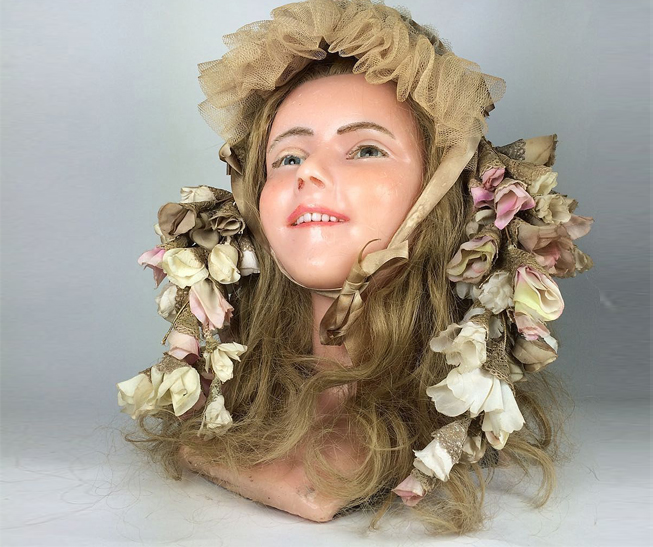In July 2014 I visited one of my collaborators, Zoran Josipovic, neuroscientist and founding director of The Nonduality Institute and he spent a day teaching me some basic meditations and then refining two for me to practice each day. These are the two I will then repeat in the MRI scanner. Zoran talked with me quite a bit about these and then he sent me some written instructions to help me remember. I keep a journal that I write brief notes in after meditating each day and I will add entries from that to the blog. Meanwhile, here are my aide memoire instructions.
Death meditation
a) imagining that you will die imminently,
-‐what / who would you miss the most?
-‐what would you be sad about?
-‐ angry about?
-‐ fearful of?
-‐ and happy about?
b) death simulation: letting go of the breath, let it go toward the longer exhale, let it be still after exhale briefly before next inhale as if it was your last breath, but let this happen naturally without trying to control it too much, in other words without much overbreathing.
Then let go of the body, first from the feet (both left and right) up to diaphragm, then from the top of the head to the center of the heart, then both collapsing into the center of the heart which is just a point like star, then letting go of everything, letting the body and mind die so that all there is left is awareness in a tiny point in the center of the heart (chakra; in the center of your chest).
c) abide in that awareness in the center of the heart letting all your
experiences die off.
Light-‐love meditation
a) imagine/feel that everything outside of you, everything in the universe, dissolves into a brilliant white light in the nature of unconditional love, so that you are held and nurtured by it and can completely leg go and be sustained by it.
b) then imagine/feel that an opening appears at the top of your head and the light pours into you, bringing healing throughout our body, descending down and filling you from top to bottom, until whole body is filled with light (thine eye shall be single eventually… JJ)
c) imagine/feel that the boundary of your body dissolves into light and that the light inside and outside is one same continuous light.
Repeat steps a, b and c with compassion, but do first compassion for yourself, then compassion for your mother, then compassion for both yourself your mother and all living being throughout space.
In terms of the length, first try a few minutes for a, b and c sections each of the 2 meditations, and then gradually extend it until you can do ~7 minutes for each section. Also try the second meditation with short blocks of 1 minutes each, repeating the sequence several times.
